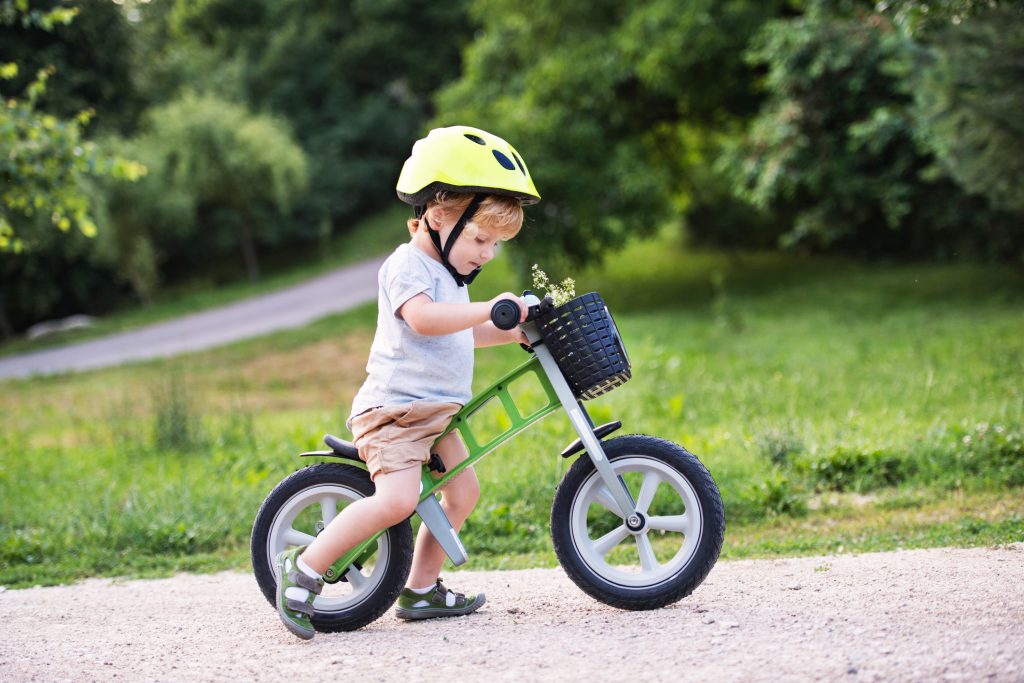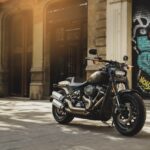So, you want to buy a bike for your kid?
Maybe, they are interested in one. Maybe, you want them to be interested in one. Either way, a bike is an excellent toy, and they will enjoy it very much. Plus, you get to teach them how to ride it.
However, with so many options in the market, choosing one can quickly get confusing. Hence, we have come up with our buying guide for kids’ bikes.
Buying Guide For Kids’ Bikes
Below are the things you should consider when buying bikes for children:
Size
Of course, size is the first, most important factor because you want the bike to fit the child. Unlike adult bikes, kids’ bikes are measured by wheel size. The bigger the kid, the bigger the wheels on their bike. Another factor is the inseam of the bike for which you will have to measure the child’s inseam.
Here is a quick guide on kids’ bike sizes:
- 1-4 years old – 12-inch wheels – 14-20-inch inseam
- 3-4 years old – 14-inch wheels – 16-20-inch inseam
- 3-6 years old – 16-inch wheels – 18-23-inch inseam
- 5-8 years old – 20-inch wheels – 22-25-inch inseam
- 8-12 years old – 24-inch wheels – 24-28-inch inseam
The sizes may vary from brand to brand and kid to kid. However, they typically fall in the mentioned age groups. You want to ensure you go for the right inseam for the best fit. Your kid must be able to touch the ground with both feet when they mount the bike; this is important for stability and safety.
Once the inseam is right, opt for the largest possible wheels to get the most years out of the bike as your kid grows. For example, if your kid has an 18-inch inseam, they will get more years out of a 16-inch wheel bike with an 18-inch inseam than a 14-inch wheel bike, regardless of their age.
Balance Type
Balance is key to riding a bicycle. Depending on the child riding the bike, you will choose from the following three types.
- Balance Bikes: These have no pedals and just two wheels. They are purposed to teach balance so kids can transition to pedal bikes easily.
- Tricycles: Tricycles have three wheels and great stability. There is no need to balance them, which means your kid can enjoy riding but won’t learn balance.
- Training Wheels: These are add-ons for typical bicycles that add two smaller wheels at the back for balance. When the time is right, you can remove them for your kids to learn balance.
The balance type you choose will depend on your child’s needs. However, we recommend going for balance bikes if your child is under 4 years old going for their first cycling experience. For older kids, training wheels are the best option till they are ready to learn balance.
Weight
Heavy bikes are not a good option for kids. You want a lightweight bike so your kid can manoeuvre it easily and enjoy longer rides. They will get more mileage out of a bike that is lightweight than one that weighs half their body weight.
Moreover, kids who ride heavier bikes tend to enjoy rides less and eventually give up on riding because they get easily tired and cannot enjoy long rides with friends or family.
Brakes
Tough brake levers on cheap bikes are not good for kids, and they can be dangerous as well. A quality bike will have easy-to-squeeze levers designed for weak, small hands. As a parent, you should be able to squeeze the brake levers with ease fully, using your little finger and thumb.
This will make sure that the brakes are easy to apply and safe for kids under 10 years old.
Conclusion
Choosing a bike for your child can be a little puzzling. However, using our buying guide for kids’ bikes will help you pick the perfect one for your kid. One last parting advice is to avoid big market chains that sell every possible type of product because they typically sell inferior, low-quality bikes.
Instead, opt for dedicated vendors and manufacturers of kids’ bikes and products to get the best quality kids bikes.








